[message_box type=”info”] This week we have a guest post from new-ish LunarLincoln crew member Cory Wilhite. Enjoy! [/message_box]
Today there are a million ways to get started as a developer. From traditional routes like classes in high school and college to newer paths like coding bootcamps and self-taught routes through online courses, the resources are readily available to get into the world of programming. While we’ll go over the many different ways to learn about software development, we’ll also dive into why you might like being a developer.
Motivations
Technology is infiltrating every facet of our lives. With the phones we carry around, the computers we use, and now where even lightbulbs and refrigerators are computers, programming and computer science is the common thread that helps in understanding how the world around us works. Whether you’re interested in designing websites, mobile applications, building new uses for hardware, or even building tools for other developers there is something out there that needs creating. At the core of the many environments and concepts that involve programming is the common thread of logic, problem solving, and the desire to continuously learn new things. One of the more satisfying daily elements of programming is to find solutions for problems that you previously knew very little about.

Whatever your motivations are, its important to know what steps you can take to either get started or further your education as a developer.
Traditional Paths
Up until a few years ago, the most straight forward way to start down the path to being a developer was found in academia. A computer science degree at college, and even earlier with AP computer science classes at high school. These programs focus on everything between the fundamentals of programming languages, the most optimal way to write software, and what makes a computer function. While often not being directed towards working with any specific technology or language, a computer science program will give you a broad understanding of the ways to write software and how to conduct research on deeper computer science concepts.
Self Taught Paths
There are several ways in recent years to learn programming through websites and online resources. One of the first websites to start online interactive learning was Codecademy. They provided free tutorials that a student could follow along with by actually completing code challenges in the browser all while learning that specific language or technology.
This concept of online interactive learning has been expanded on by several companies (e.g. Treehouse, CodeSchool, etc.) which also provide in-depth videos and quizzes to go along with the interactive coding exercises. A commonality between the online coding resources is that they make themselves accessible by focusing in on a language or technology that you might want to learn.
If a traditional computer science program is a broad stroke of knowledge about computing and software, these online courses are precise dives into a specific topic. They can be great as an introduction to programming because they give you the ability to get hands on and complete projects right out of the gate. On the topic of motivation, the feedback of being able to see your work in working product is a great motivator. Each day there are more and more resources to take advantage of online.
Bootcamps
With the introduction and success of online learning resources, there is a new type of learning resource that could be classified as being in between self-taught courses and a computer science degree. 3 to 6 month bootcamps have been cropping up (Iron Yard, DevMountain, etc.) that offer crash courses in different paths within the software development industry. These paths are more directly focused on the common career paths such as web developer (back-end and front-end), mobile developer, and even offering courses in becoming a user-interface/user-experience (UI/UX) designer. Where websites like Codecademy will dedicate a course towards one language like Ruby or Javascript, these bootcamps will base their paths on diving into the technologies and tools used currently in the industry for a specific career path.

How I got started
For myself, I took a mix of traditional and self-taught education. In high school, I took advantage of a web development class when I was first starting to get interested in programming. This lead me to further that learning with AP computer science. One of the important motivators in those classes was that they each left me with something tangible and just enough knowledge to be dangerous.
In my web development class, the final project was open ended and I took advantage of that by learning how to build a flash website. In AP computer science, our final project was to build Pong in Java. I ended up going to college for Audio Engineering Technology, but I decided to make my minor computer science because of those classes in high school and the interest I had in computers and programming. In between high school and college for me, Codecademy was just launching. I took full advantage of the free courses they provided at the time to learn Javascript and Ruby. I also utilized another company that was just launching called Coursera that featured real semester long college courses for free. I took classes that interested me (like Digital Signal Processing, Calculus, Game Theory) along side the education I was receiving at the college I went to.
It was a desire to keep learning and building on the knowledge picked up in traditional classes that had me pursuing further education on my own. Even after getting a job as a developer you never stop learning new things. Learning from other developers on websites like StackOverflow or following high profile developers blog posts to see what new techniques they’re experimenting with or problems they’re overcoming provide a deep community of knowledge and is something that I think separates the programming industry from every other industry out there.
If you’re thinking about going down the path to being a developer, find something you’re interested in and get started right away! Even if it stays as a hobby, theres always something to learn.





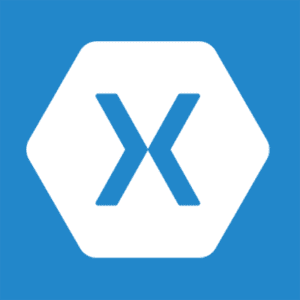
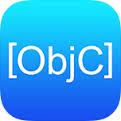

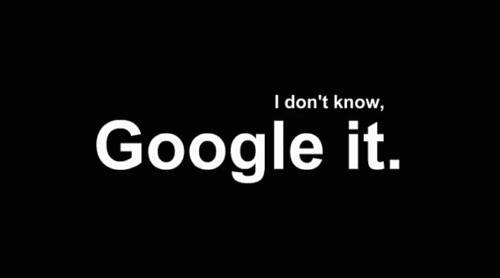



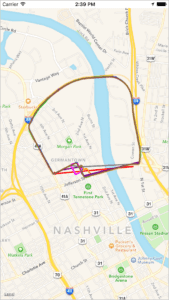


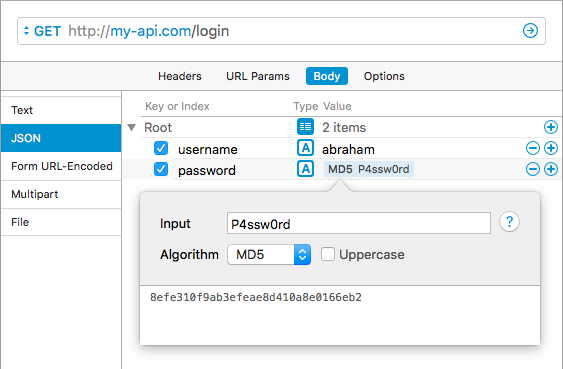






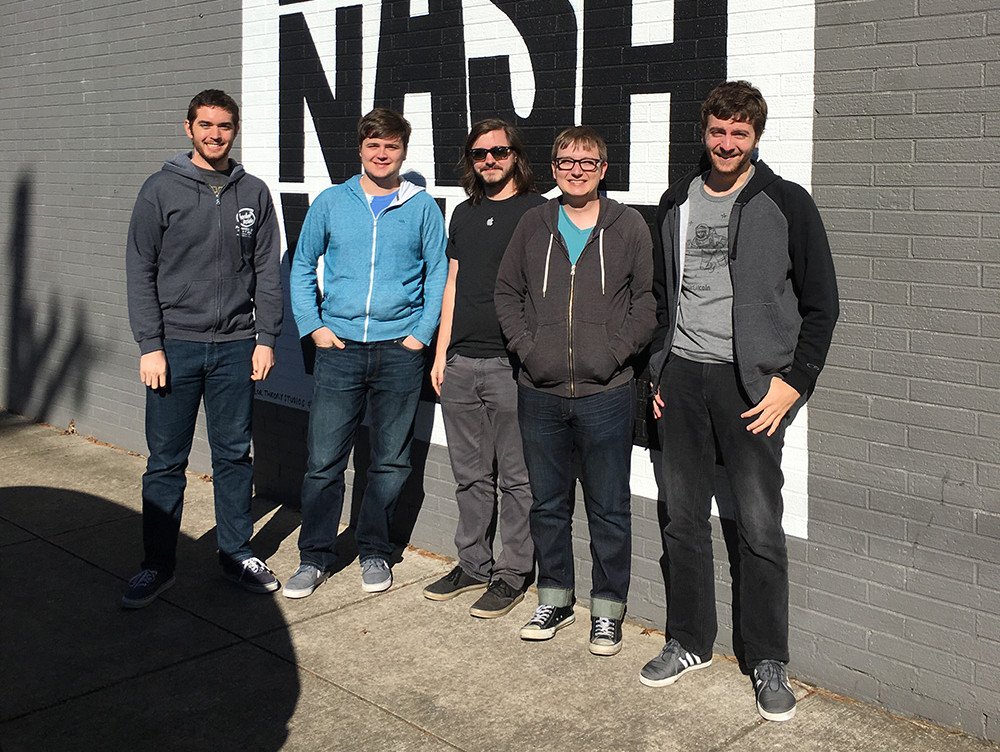



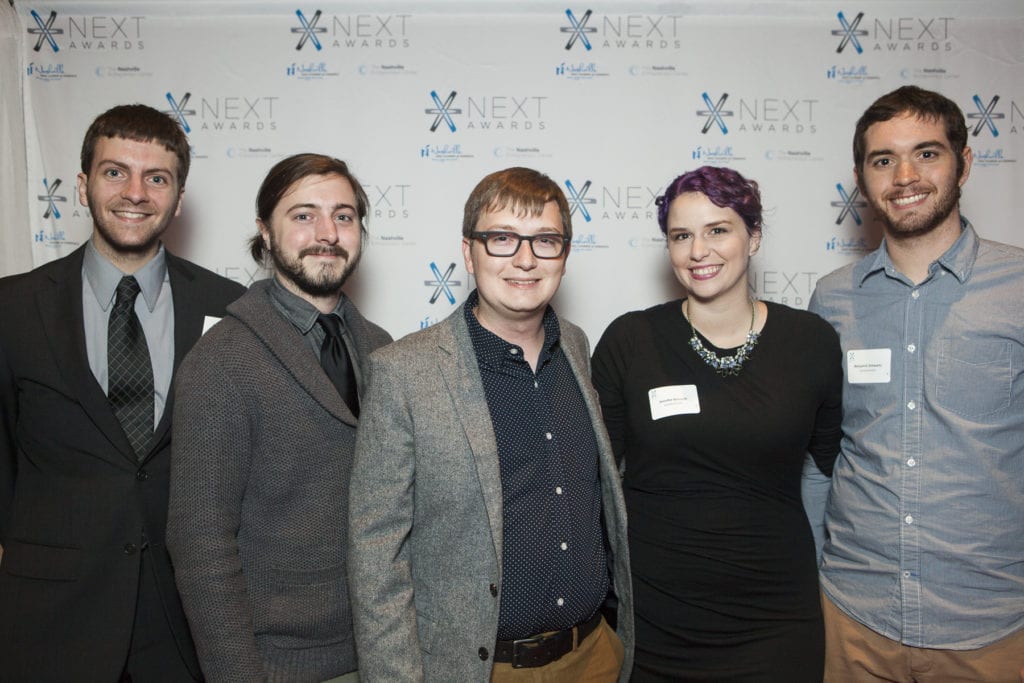



 As of now, we’re still transitioning ourselves to a Swift mentality. We’re doing our best to write all our new classes in Swift which is introducing all kinds of interesting problems that come with managing Objective-C and Swift in the same codebase.
As of now, we’re still transitioning ourselves to a Swift mentality. We’re doing our best to write all our new classes in Swift which is introducing all kinds of interesting problems that come with managing Objective-C and Swift in the same codebase.